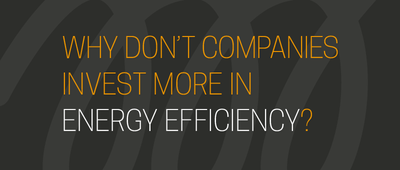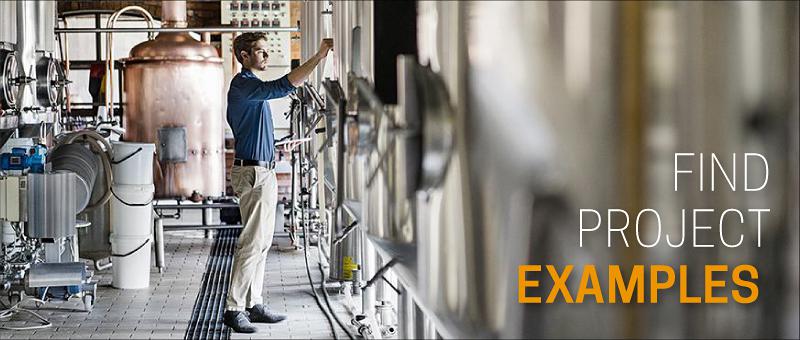It takes longer to permit a wind farm than to build it
(EurActiv, 6 Feb 2023) Slow permit-granting processes are one of the biggest barriers standing in the way of reaching the EU’s 2030 renewables targets. Governments and policymakers must act boldly so that renewables deployment can ramp up as quickly as possible, writes Sandrine-Dixson-Declève.
Sandrine-Dixson-Declève is European Ambassador for the Energy Transitions Commission (ETC) and Co-President of The Club of Rome.
After the shocking Russian invasion of Ukraine, the EU responded boldly with a plan to swiftly move away from Russian gas. The Energy Transitions Commission, which I represent in my role as European Ambassador, put forward an analysis highlighting the opportunities for Europe through an accelerated clean energy transition. Though the new targets are world-leading, red tape risks holding back progress.
The EU Commission recently announced plans to simplify and fast-track permitting for new clean-tech production sites to “make Europe the home of clean tech”. Along with addressing issues such as transmission and distribution, storage and intermittency, we have to fast-track planning and permitting for the speed and scale required to reach 2030 renewables targets. For EU countries, the proposed target is 45% renewable energy sources by 2030.
To meet this goal, the EU must also compete with attractive subsidies globally that are moving clean energy technology production and investment away from Europe. The Inflation Reduction Act (IRA) passed in the US in August 2022 created huge incentives through increased production tax credits for low-carbon energy, especially wind, solar, nuclear and hydrogen.
External link
![]() EurActiv, 6 Feb 2023: It takes longer to permit a wind farm than to build it
EurActiv, 6 Feb 2023: It takes longer to permit a wind farm than to build it







